1. Hover over the banner and click "View Details"
2. Click "Try this template" on the page you navigated to
3. Register for Yoom
※ If you have already registered, the login screen will be displayed, so please log in.
Step 2: Setting up a trigger to activate when a specific file in Google Drive is updated
1. Open the copied template.
※ You can change the title to any of your choice from the red-framed part in the image below.
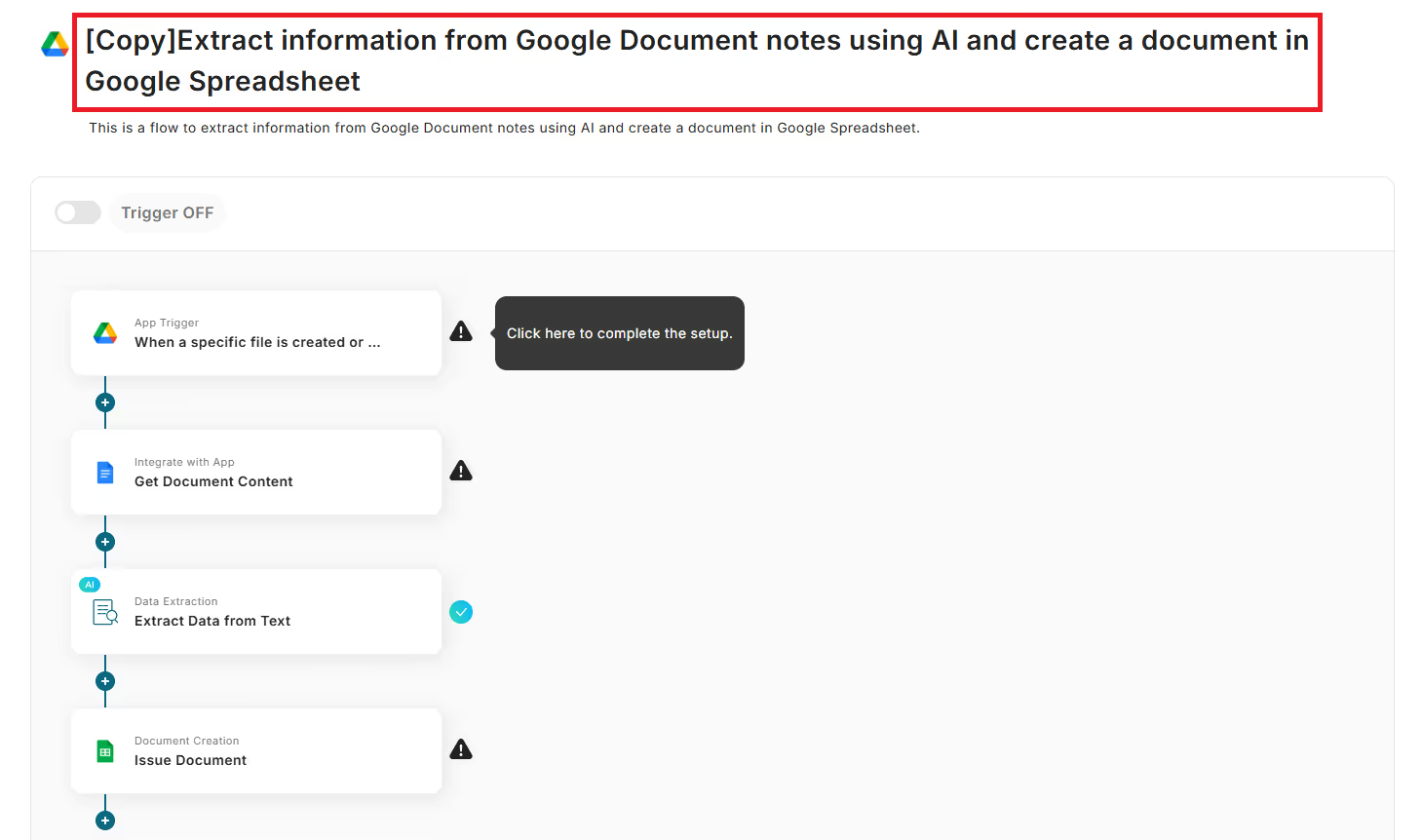
2. Click on the Flowbot's "App Trigger: When a specific file is created or updated".

3. Select the linked account and action.
Change the title if necessary and click "Next".
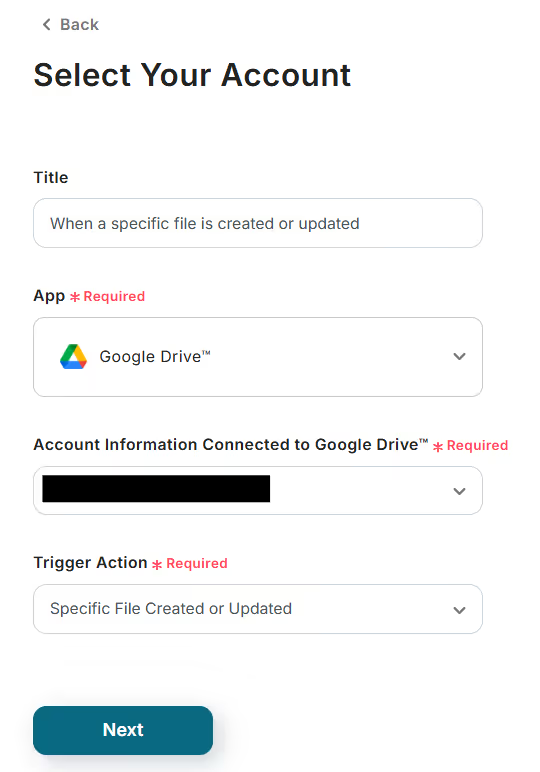
4. Set up the API connection for the app trigger.
Select and enter the trigger activation interval, folder ID, and file name.
※ The activation interval varies depending on the plan. Reference: List of feature restrictions and usage limits for each plan

5. If the test is successful, click "Save".
Step 3: Setting up an action to retrieve content from Google Docs
1. Click on the Flowbot's "Integrate with App: Retrieve Document Content".
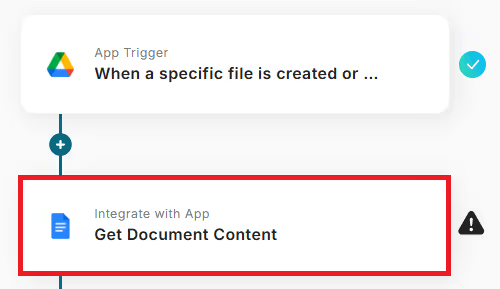
2. Select the linked account and action.
Change the title if necessary and click "Next".
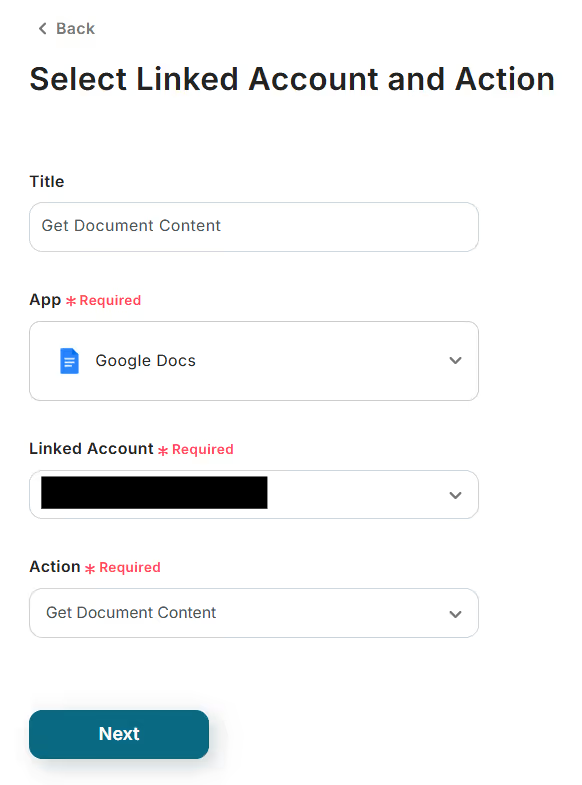
3. Set up the API connection.
Enter the document ID and click "Test".
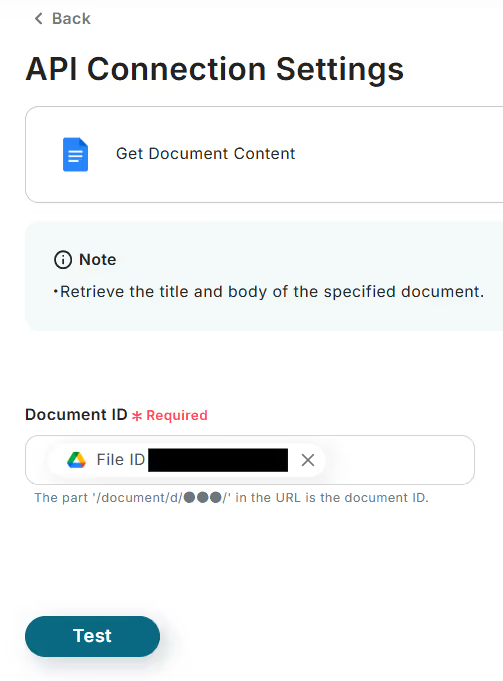
4. If the test is successful, click "Save".
Step 4: Setting up an action to extract specific data from the content of Google Docs
1. Click on the Flowbot's "Extract Data from Text: Extract Data from Text".
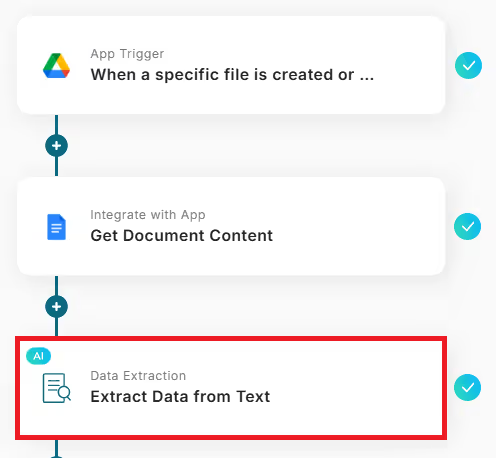
2. The action selection screen will be displayed.
Change the title if necessary and click "Next".
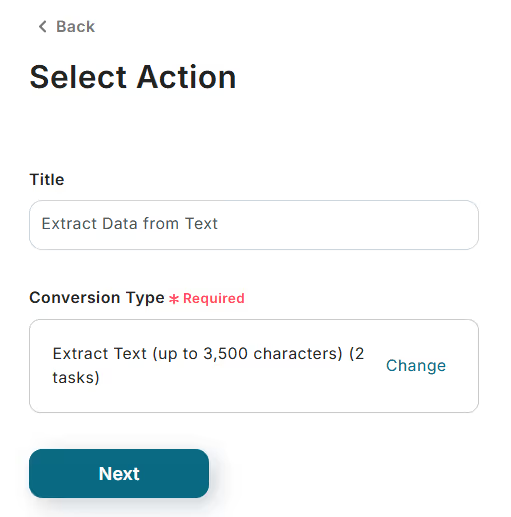
3. Set up the details.
・Target text: Use the output from Step 3.
・Items to extract: Enter the common item names corresponding to the Google Docs template in the Google Spreadsheet, separated by commas.
※ The image below is an example of input.
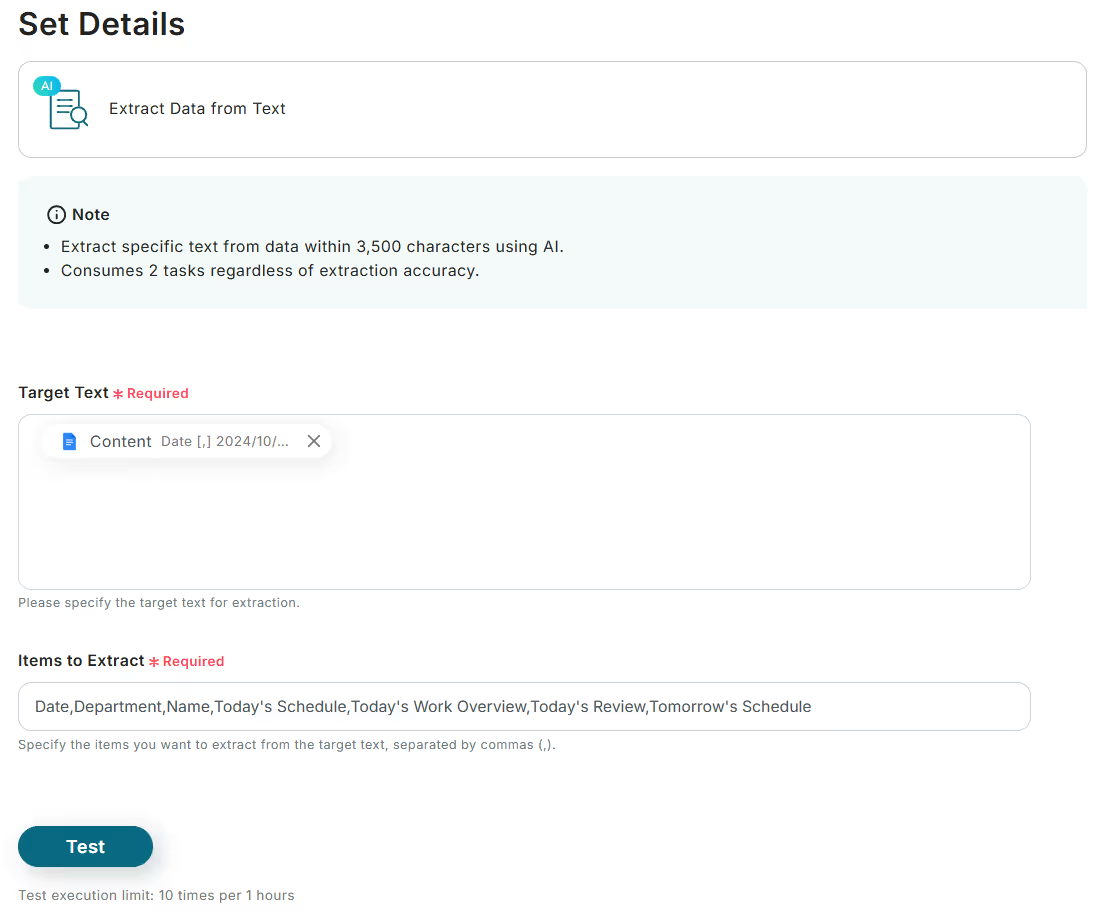
※ The image below is an example of output reference.
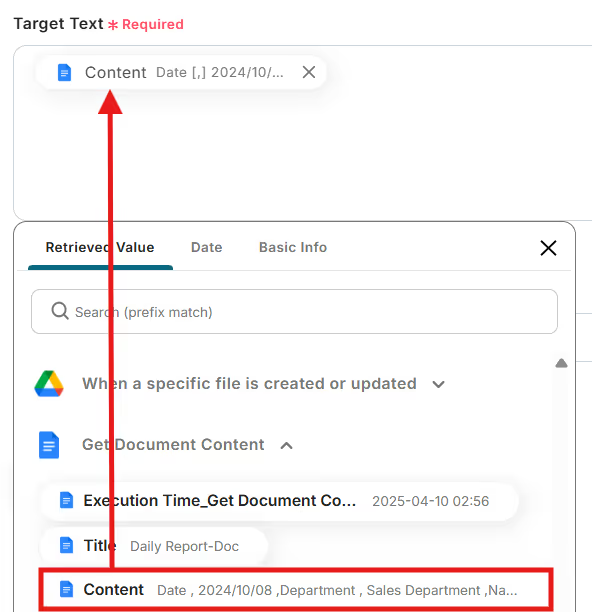
4. If the test is successful, click "Save".
Step 5: Setting up an action to create a document using a Google Spreadsheet template
1. Click on the Flowbot's "Integrate with App: Publish Document".
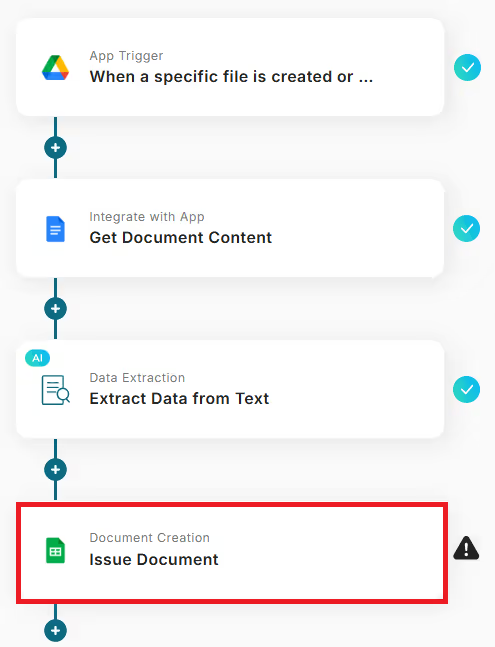
2. Set up the document integration.
・Title: Can be changed if necessary.
・Template document integration: Enter or select the ID of the created template file.
・Published document: Set the folder ID and output file name for the contract document to be published. You can use date variables and output information obtained in Step 3 for the output file name.

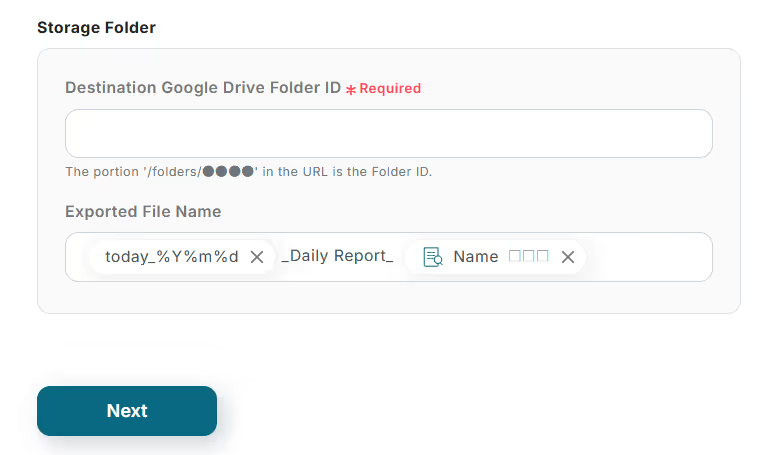
※ The image below is an example of date variables and output reference.
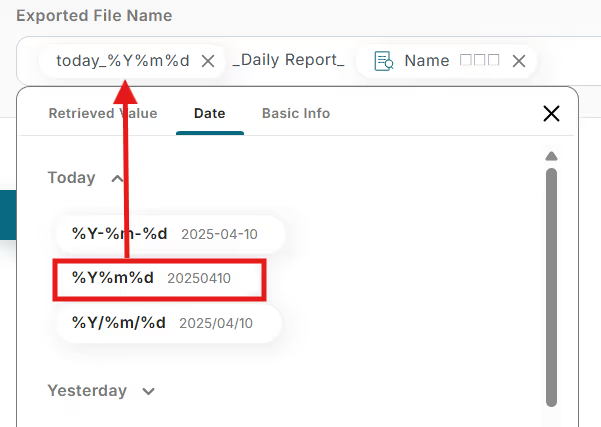
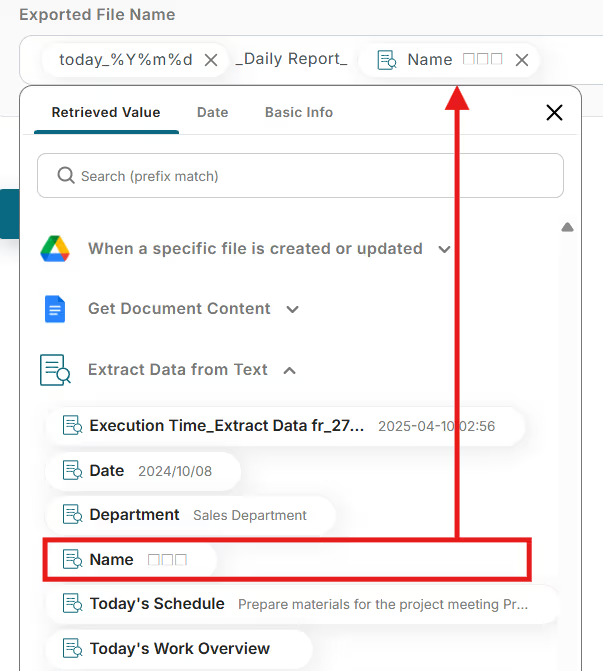
3. Click "Next".
4. Set up the replacement conditions.
Refer to the setup instructions and use the output information obtained in Step 3 to configure each item.
※ If the template has not been created yet, please check the "Prepare Template Document" section in this article.
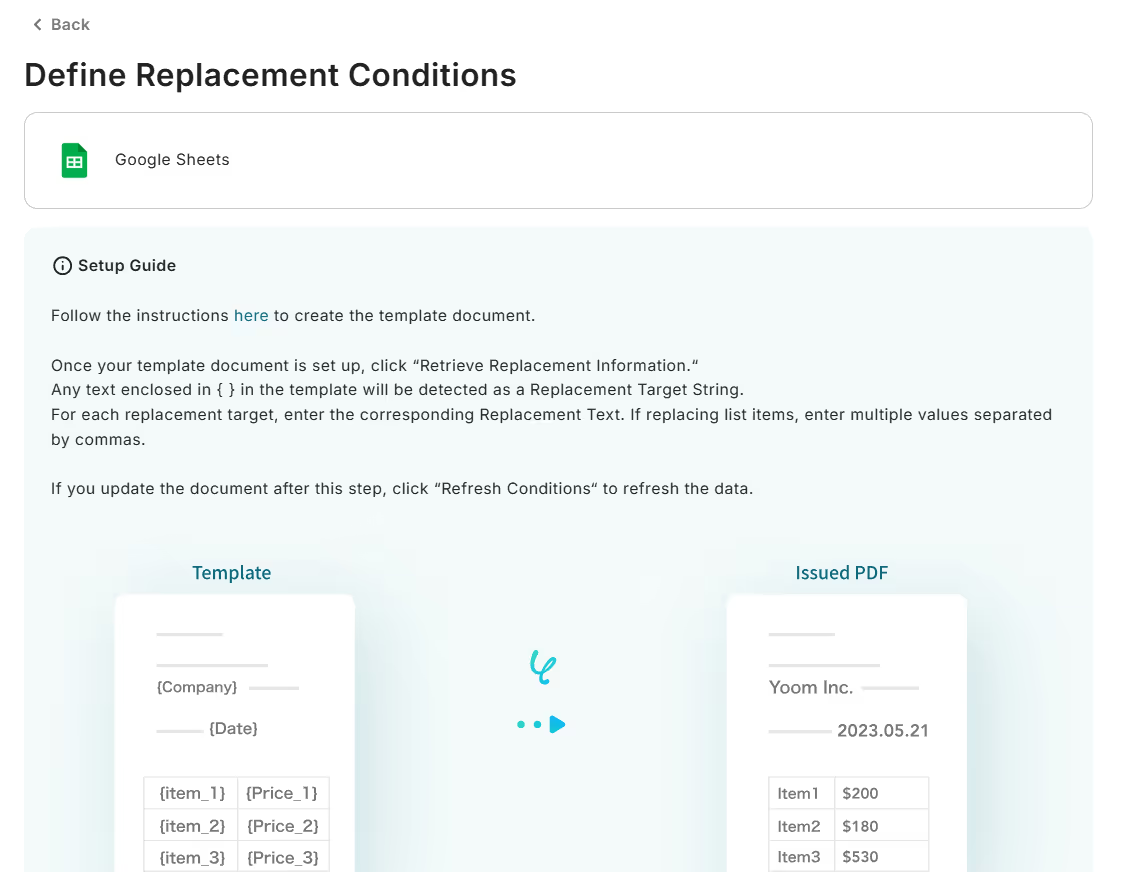
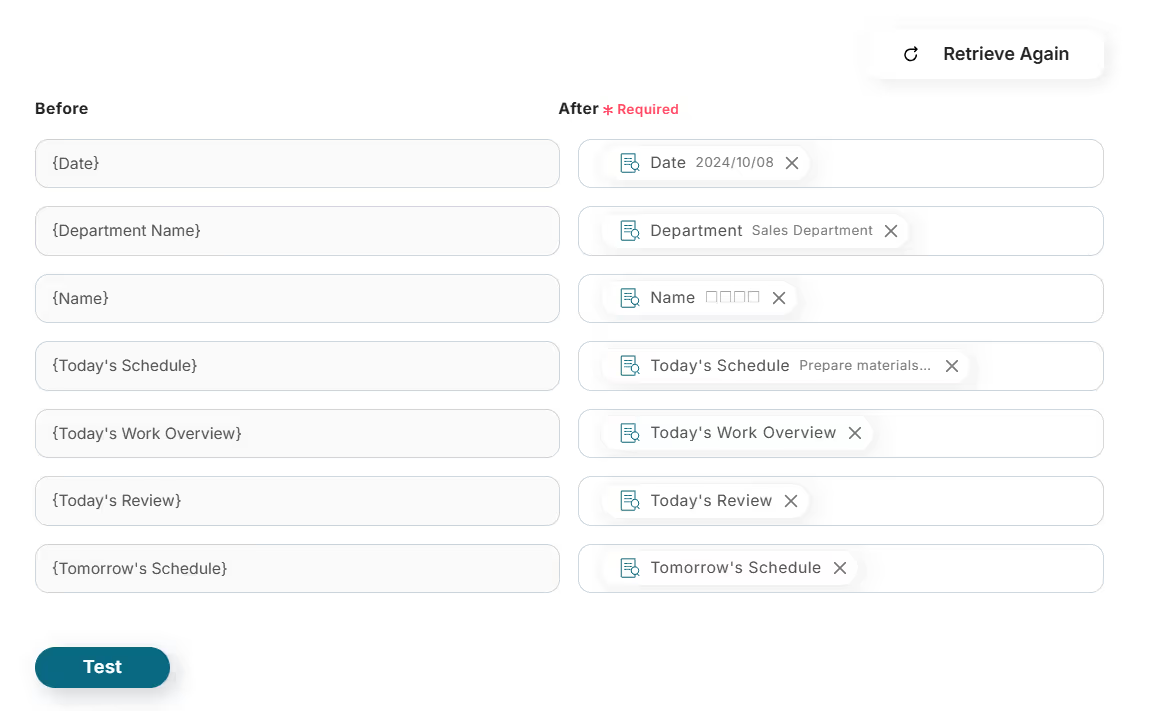
※ The image below is an example of output reference.
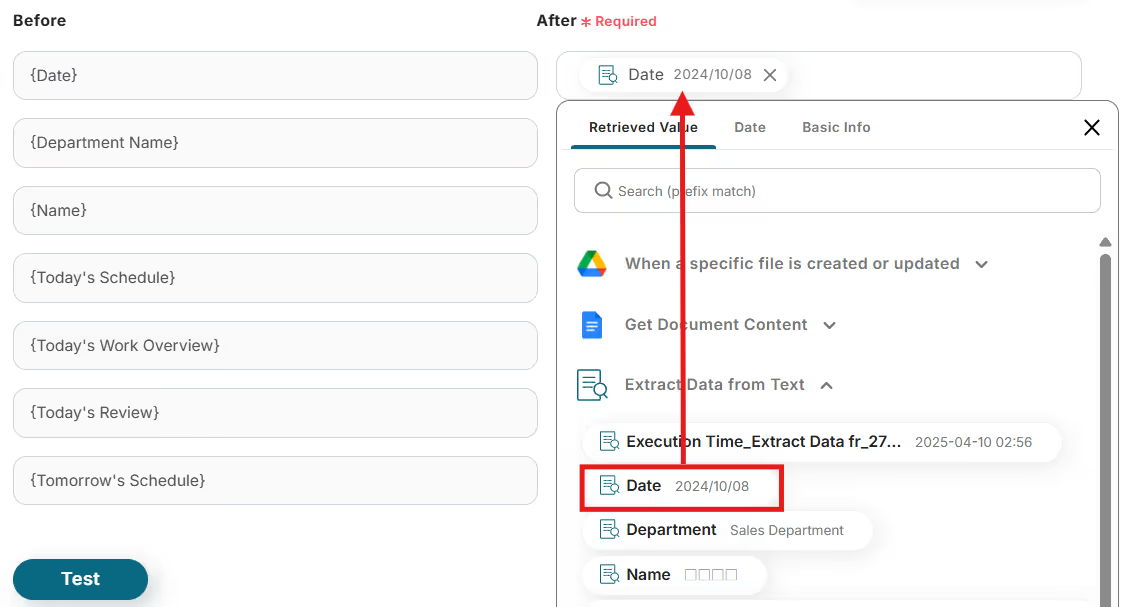
5. If the test is successful, click "Save".
※ The image below is an example of a PDF file created in this flow.
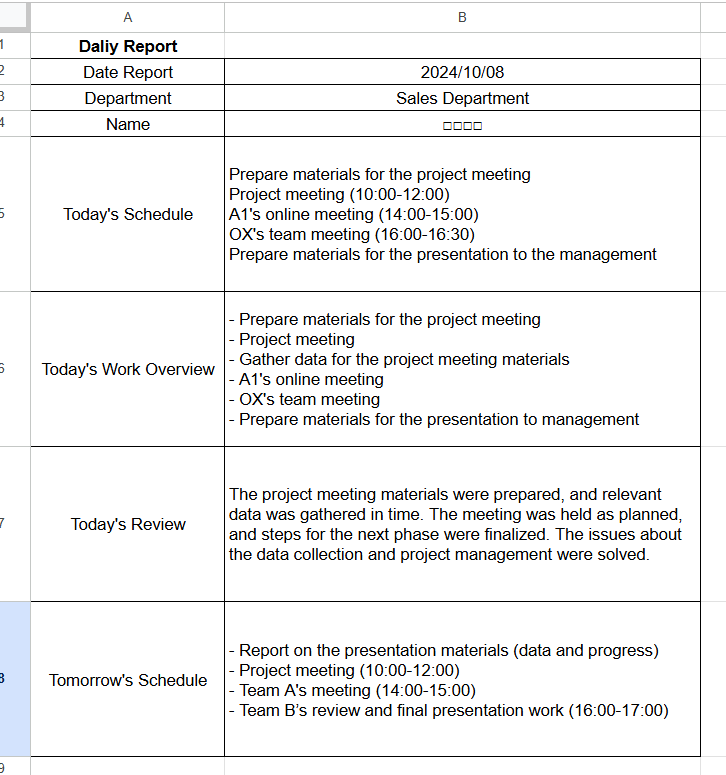
Finally, switch the trigger of the saved flow to "ON" to activate it.
This completes the flow of "Extracting information with AI from Google Docs memo content and creating documents in Google Spreadsheet".
Since files are also created simultaneously in Google Spreadsheet, please use it if data processing or modification is necessary.














.avif)







.avif)
.avif)
.avif)
.avif)





